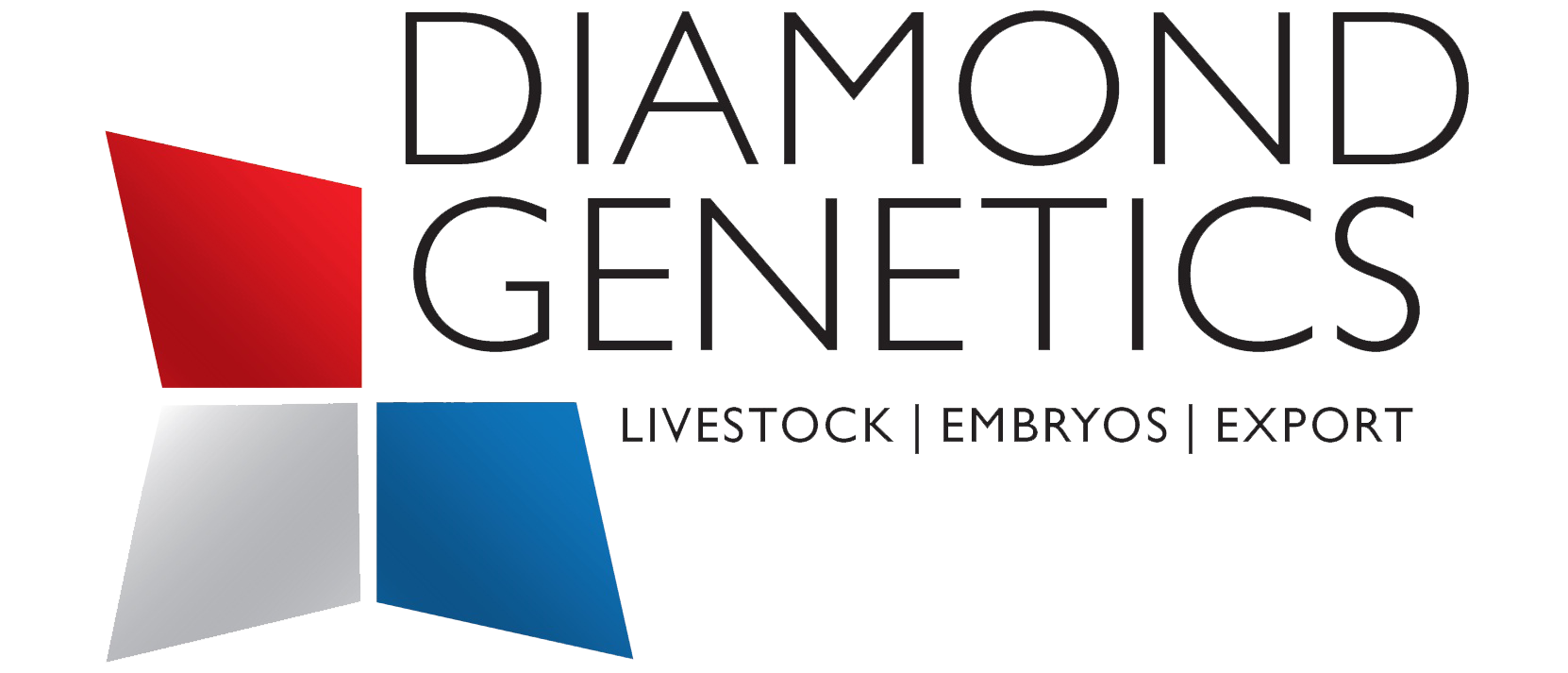
Jacob Rozema: 'with a revenue model to better livestock'
About ten years ago, Jacob Rozema from Aduard (NL) decided to drastically change his breeding strategy. He did this again six months ago by using embryos from the Diamond Genetics embryo program. 'Within a few years I will be milking a uniform herd with a greater desire to milk, resulting from a good revenue model.'
The first calves from the use of the embryos have yet to be born, but dairy farmer Jacob Rozema is already cautiously enthusiastic. 'I have purchased ten highly pregnant heifers from the program, six of which have already calved. They stand head and shoulders above my herd, literally and figuratively.' He rates the heifers between 83 and 85 points in conformation. 'And production is a lot higher. You immediately notice that it is good genetics. This way I know what to expect later.'
More kilos of fat and protein
The entrepreneur did not make a decision overnight to use the genetically high-quality embryos in his herd. The cross-breed herd consisting of Montbéliarde, Jersey and HF genes that he had focused on 10 years ago is actually going well, Jacob indicates. “These are cows with high levels and a calving interval of 365 days,” he summarizes the appealing results. 'But production is stuck at 9,000-9,500 liters of milk and I don't get much further in terms of kilos fat and protein. In the past we also milked around 11,000 liters of milk, but in the end I prefer a full tank.' That is why the dairy farmer with 300 cows and five milking robots looked for cows with a greater milk drive. 'It would take too long for me to fully inseminate the herd with dairy-rich bulls. Then I will have to wait a few generations of cows before I reach my goal. I don't want to wait for that.'
Revenue model
By using Diamond Genetics embryos, he reached his goal faster and at a low cost. “There is even a revenue model,” says Jacob. 'Diamond Genetics buys back all the bull calves and that also applies to about 10% of the heifer calves. At 1.500 euros for a heifer calf and 300 euros for a bull calf, these are good returns.' In addition, the heifer calves that the dairy farmer can keep are still of a high genetic level. 'I have indicated that I want to use embryos that not only score significantly positive for milk in their breeding values, but also have positive components, which I would like to keep track of.'
He feels outsourcing breeding in this way is a relief, he says. 'I don't have to think about the choice of bull. Diamond Genetics has already done that with the embryos, they have made the mating and I find that very easy,' says Jacob. 'We use the embryos in cows and heifers. The pregnancy rate is around 40%. Good fertility is important to us as well as to Diamond Genetics, so we both do our best for that.' If implanting the embryos in a cow or heifer does not work, insemination will take place during the next trip,usually with a beef bull.’ All in all, I expect that ultimately 70 to 80% of our young cattle will consist of embryo heifer calves.'
Uniform herd
He saw the results from the Diamond Genetics embryo program at a fellow livestock farmer friend. “Then you get excited,” Jacob summarizes. 'He has a uniform herd with a lot of dairyness. They are strongly built cows with good udders and hard legs.' The dairy farmer says that uniformity in the herd is particularly attractive. 'The importance of a uniform livestock population is underestimated. It saves on cleaning stalls and it also makes it easier and more efficient to work with a uniform herd during robotic milking and feeding.' He mentions, for example, cows with more Montbéliarde blood when feeding. 'They are getting fat faster and at the end of a lactation than cows with more Holstein blood.' He calls the business strategy 'no-nonsense.' 'We have one ration for all cows, which also makes it important to strive for a uniform herd .'
